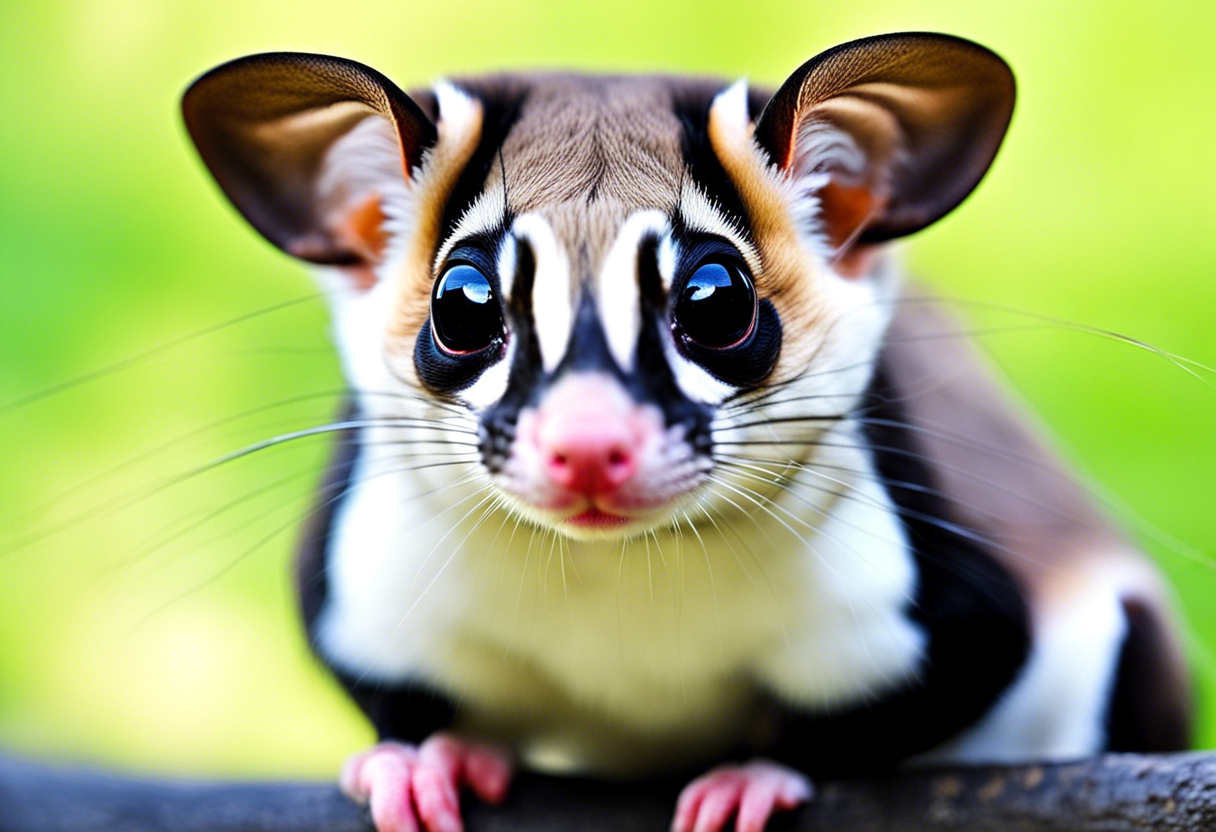Embark on the Whimsical World of Sugar Glider Companionship
Embarking on the journey of sugar glider companionship is akin to stepping into a whimsical world where the boundaries of traditional pet ownership blur into an experience rich with wonder and fascination. Sugar gliders, with their wide-eyed expressions and endearing gliding abilities, captivate the hearts of those seeking a unique and rewarding pet relationship. Originating from the forests of Australia and New Guinea, these nocturnal marsupials have found their way into homes around the world, bringing with them a sense of adventure and a touch of the exotic. Their small size, coupled with their dynamic personalities, makes them an intriguing choice for pet enthusiasts looking for something beyond the ordinary. This article delves into ten captivating insights that illuminate the reality of sharing your life with these enchanting creatures, offering a comprehensive guide for those considering or already embracing sugar glider companionship.
Sugar gliders are not just pets; they are companions that require a deep commitment and understanding of their unique needs. The decision to welcome a sugar glider into your home should be made with careful consideration of their specific care requirements and the lifestyle adjustments necessary to accommodate their presence. From their dietary needs to their social behaviors, sugar gliders demand an informed and attentive approach to ensure their well-being and happiness. This introduction sets the stage for a detailed exploration of what life is truly like with these remarkable creatures, providing a foundation for the subsequent insights that will guide potential and current sugar glider owners on their journey.
Understanding the Sugar Glider's Unique Physiology

Sugar gliders possess a fascinating physiology that sets them apart from more conventional pets. One of their most distinctive features is the patagium, a membrane that stretches from their wrists to their ankles, enabling their signature gliding ability. This adaptation allows them to travel considerable distances in their natural habitat, a skill they often exhibit in domestic environments, albeit on a smaller scale. Understanding this aspect of their physiology is crucial for providing an environment that satisfies their instinctual need for movement and exploration.
In addition to their gliding prowess, sugar gliders have a highly developed sense of smell, which plays a significant role in their social interactions and environmental awareness. Their large, expressive eyes are adapted for nocturnal living, allowing them to navigate and forage in low-light conditions. These physiological traits necessitate specific environmental considerations, such as providing ample space for gliding and ensuring a safe, enriching habitat that mimics their natural surroundings. By appreciating the unique physiological characteristics of sugar gliders, owners can create a living space that promotes their health and happiness, enhancing the overall companionship experience.